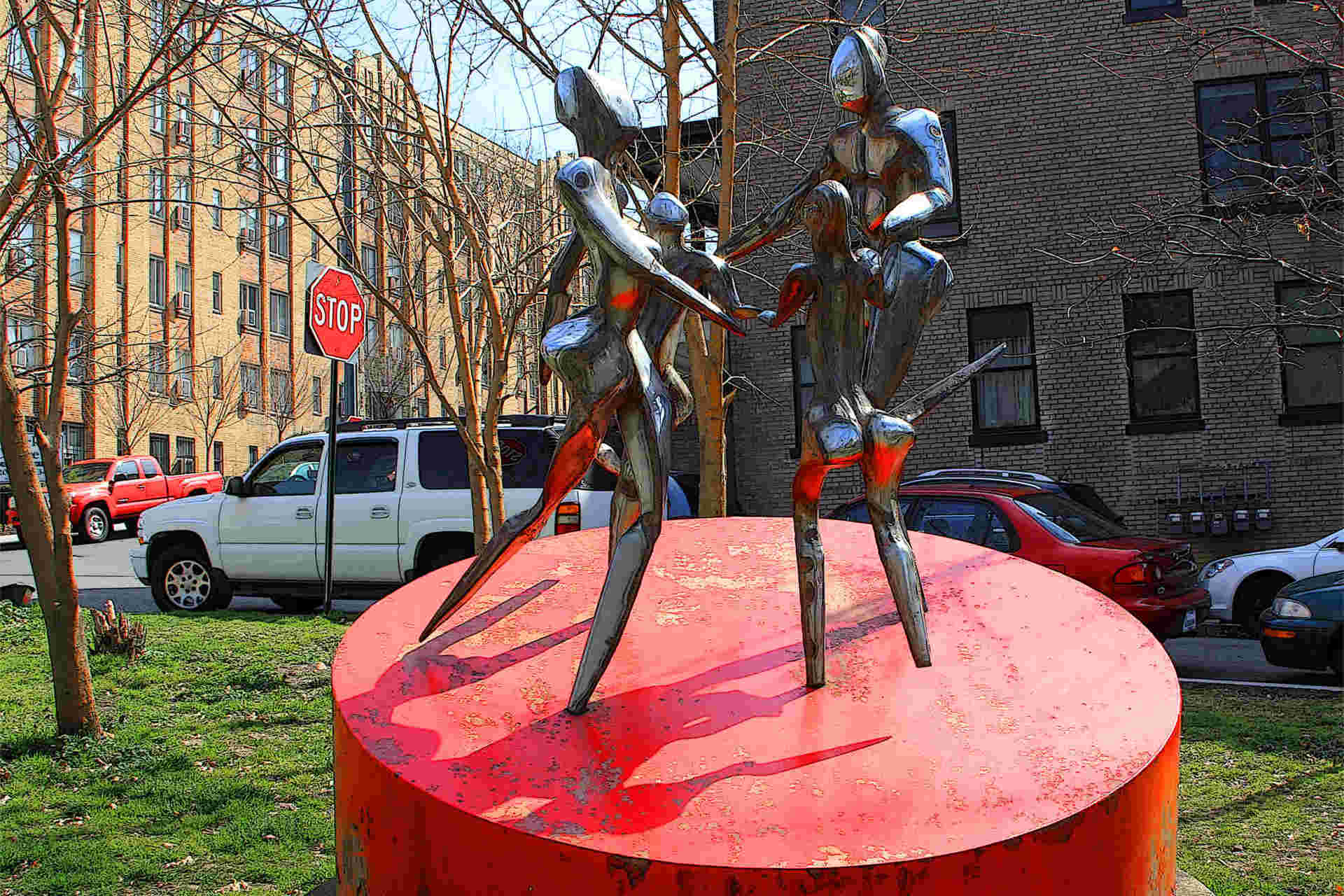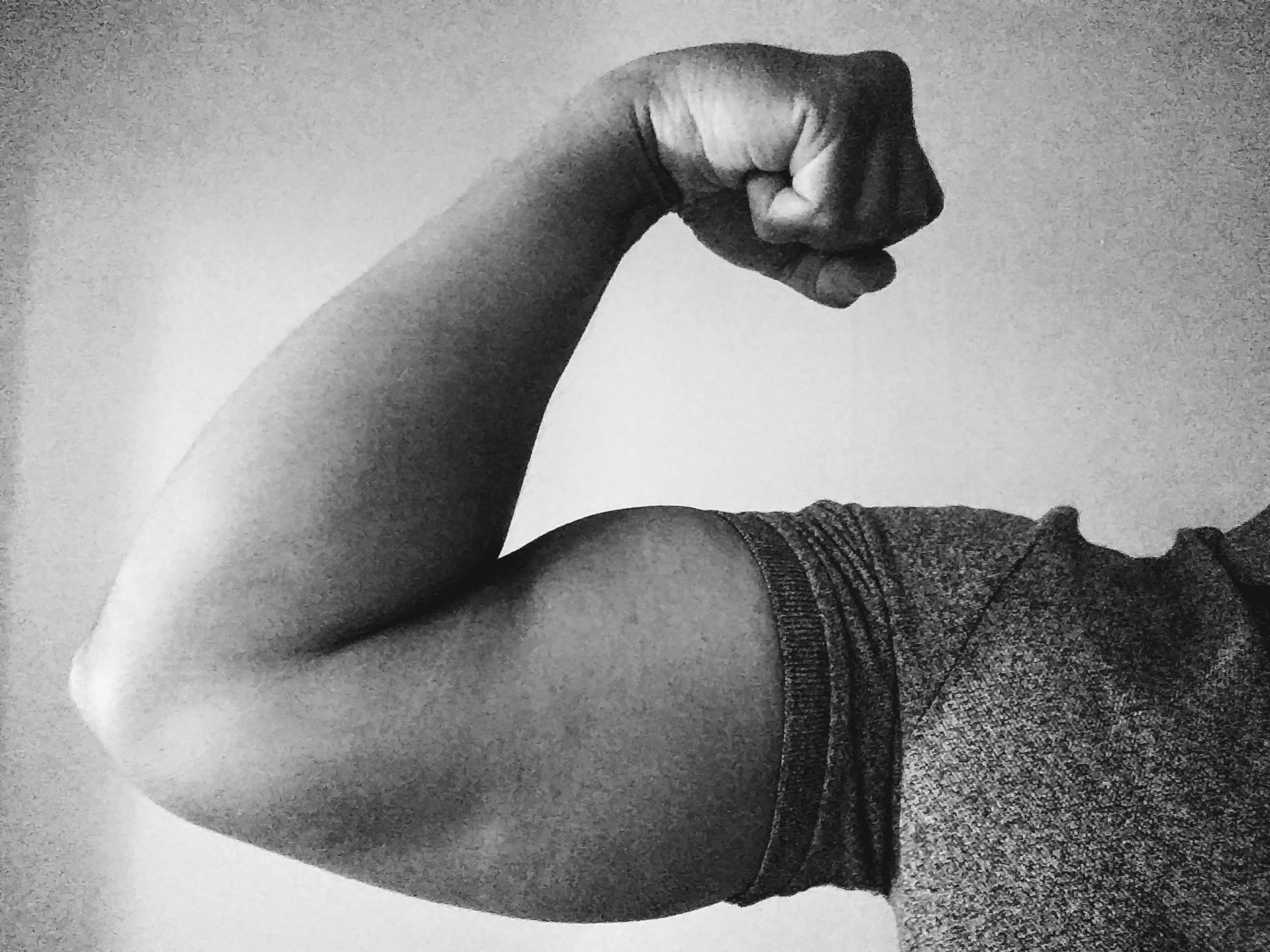The iconic fashion designer Bill Blass famously opined “when in doubt wear red.”
That logic especially makes sense if you are the type who is confident and competitive—and you want to be liked.
After all, red is the color of energy, dominance, desire, and attraction.
It is a bold and warm color. In the color spectrum, warm colors have a longer wavelength, so they stimulate us more than cooler colors with shorter wavelengths, like blue. Thus, most folks think of red as an exciting color, while blue is deemed calm.
But red is more than just exciting. It is the most powerful color in the visible color spectrum. In a figurative sense, the color can attract and repel like your typical magnet—which, by the way, is usually painted red.
Indeed, the color has a peculiar polarity that I find fascinating. So, this blog post addresses the 6 ways that I believe the color red affects us.
First, red can affect us physically. For example, the color can increase our appetite and make us eat more. That is why some restaurants use red walls, tablecloths, menus, and signage. In addition, the color is believed to increase our metabolism, heart rate, aggression, and stress.
About twenty years after a 1988 University of Texas experiment that demonstrated that viewing red light increased the strength of study participants by 13.5 percent, a 2008 study entitled “The Effect of Light Color on Muscular Strength and Power,” by Professor Daniel K. Crane examined the effect of red light during anaerobic bike and hand-grip tests. The 2008 study found that the “average muscular power was significantly higher when performing the test in the room with red light compared to rooms lit with blue light or white light.” A more recent study published in Emotion, by Professor Andrew Elliot of the University of Rochester found that students who viewed the color red exhibited faster and more forceful reactions in two different experiments.
Next, the color can capture our attention and lure us to act. Red’s boldness demands attention and conveys a sense of importance and urgency. Hence, red is used in connection with retail sales and clearances to entice consumers to make impulse purchases. Red price tags grab your attention, and they help entice you into thinking that you need to purchase the item quickly while it is still discounted.
According to an April 24, 2013 news release by Drexel University, professor Dr. Rajneesh Suri found in his study that men associated items with red price tags with a greater bargain than items with black price tags. Although, it should be noted that the women in the experiment were not tricked into equating the red tags with bargains, because they were able to more easily recall the original price of the item.
Third, red is ominous and it can threaten us. It symbolizes danger. Examples include red stop signs, traffic lights, spilled blood, open wounds, enraged faces, poisonous creatures, and fire. It is that very association with danger that can sometimes make folks cautious when they see red. It is not surprising then that while red can entice impulse buys, the color can repel consumers when the color is used in an overbearing manner or used in the wrong context. In addition, it is easy to understand why one of the signs of impending doom for humankind (The Wrath of God) is a red sky such as a blood moon or fire falling from the sky. Surely you’d be affected emotionally if you walked outside and you were greeted by an ominous crimson sky.
Fourth, red is a color of aggression, and it can make us appear forceful and bold. Indeed, wearing red can send a signal of aggression to others. For example, many perceive writing in red ink as aggressive, inappropriate and rude in most contexts—it is sort of the equivalent of writing in all caps. In addition, some believe that an interviewee should not wear a red tie to a first interview, because it sends the wrong message. Conversely, folks who want to stand out often choose to don a red garment to display their boldness.
Fifth, red can affect how we perform during tasks and activities. In fact, several research experiments have examined how red affects athletic or academic performance. For example, in a 2005 study in Nature, entitled “Red Enhances Human Performance in Contests,” University of Durham Professor Russell Hill, et al, found that Olympic contestants who wore red in one-on-one combat sports (i.e. wresting, boxing, tae kwon do) performed better than those who did not.
In addition, University of Rochester Professor Andrew J. Elliot and his colleagues conducted several experiments relating to the impact of red on performance. Their resulting 2007 paper, “Color and Psychological Functioning: The Effect of Red on Performance Attainment,” found, among other things, that subjects who viewed the color red prior to taking a test had impaired performance on the test.
Sixth, red can affect us romantically—because the color can play a role in signaling and perception of attractiveness. Indeed, scientific experiments have repeatedly demonstrated that red makes people appear more attractive to one another.
The University of Rochester seems to be a leading authority on the interplay between the color red and psychology. In an October 28, 2008 news release, the university touted a study by two of its psychologists—concluding that red made men more attracted to women—as “groundbreaking.” The study by Andrew Elliot and Daniela Niesta was based on 5 experiments in which men were shown photos of women presented in various color schemes, and the study assessed the men’s responses to questions about the women. In its news release, the university stated:
“Under all of the conditions, the women shown framed by or wearing red were rated significantly more attractive and sexually desirable by men than the exact same women shown with other colors. When wearing red, the woman was also more likely to score an invitation to the prom and to be treated to a more expensive outing.”
A follow-up study by Professor Elliot found that women were more attracted to men wearing red. According to an August 2, 2010 news release by the university, “simply wearing the color red or being bordered by the rosy hue makes a man more attractive and sexually desirable to women.”
The statement also quotes Professor Elliot, stating:
‘We found that women view men in red as higher in status, more likely to make money and more likely to climb the social ladder. And it’s this high-status judgment that leads to the attraction.’
But the color red may play an even deeper role than making people look more attractive. New research suggests that women may actually wear red and pink—technically a tint of red—to signal their fertility to men.
A 2013 study by Alec T. Beall and Jessica L. Tracy of the University of British Columbia, entitled “Women are More Likely to Wear Red or Pink at Peak Fertility,” sought to understand whether women use colored clothing to signal fertility—given that many other species display colors during the window of fertility.
The study found that when women choose to wear red and pink it may be in connection with an underlying signaling of their fertility to potential mates. The paper states:
“Building on evidence that men are sexually attracted to women wearing or surrounded by red, we tested whether women show a behavioral tendency toward wearing reddish clothing when at peak fertility… .
… women at high conception risk were more than 3 times more likely to wear a red or pink shirt than were women at low conception risk, and 77% of women who wore red or pink were found to be at high, rather than low, risk. Conception risk had no effect on the prevalence of any other shirt color. Our results thus suggest that red and pink adornment in women is reliably associated with fertility and that female ovulation, long assumed to be hidden, is associated with a salient visual cue.”
Thus, it should be clear why red symbolizes love and romance, and why the color has such a strong association with arousal, seduction, and passion. It should also be clear why the color is so powerful.
Now, where is that red shirt?






